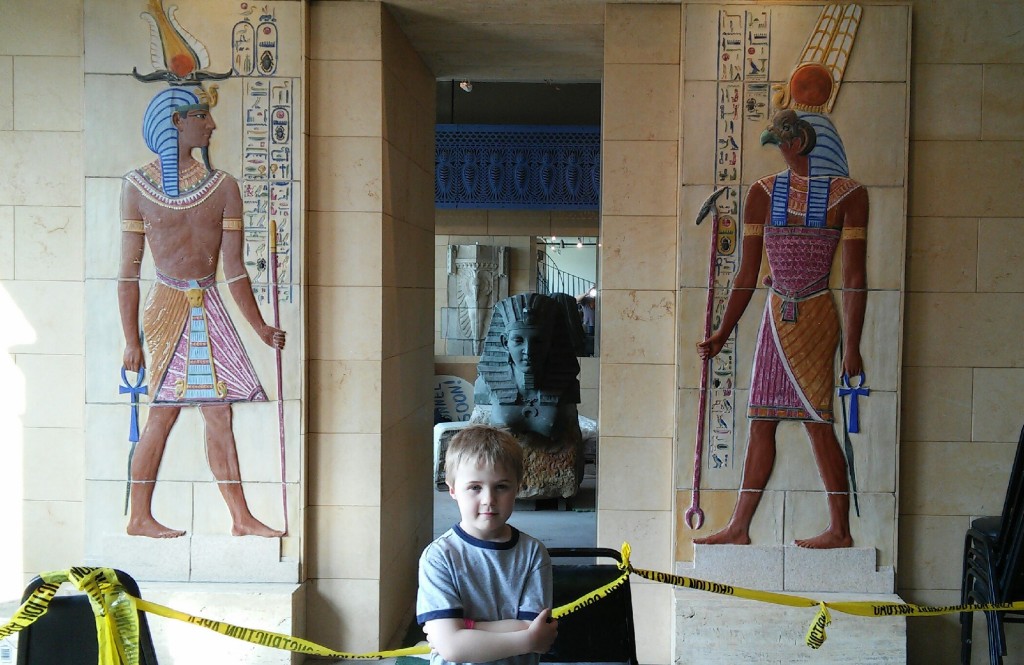Museums live and die based on these three measurements:
- How many people walk through their doors
- How many of those people come back for another visit
- How many people become members
There are other things, such as winning grants and recruiting big donors, that can change the health and wellbeing of an institution. But, really, it is the eyeballs on the installations and exhibits that matter to everyone, including big donors.
A museum that no one comes to is just a building with someone’s hobby inside.
For institutions that are geographically challenged, the pool of visitors is decidedly small. So they are probably pushing for repeat visits. And attracting visitors from a distance can be a challenge.
But museums in tourist towns have their own problems. Their sea of visitors don’t want membership. They aren’t likely to come back more than once. Most tourist destinations also have a high season, so the attendance can bottleneck into a few months, leaving the museum a ghost town during its low season.
 The one component that any institution can work on, regardless of location or seasonality, is membership. And, it is the one thing that can move beyond the brick-and-mortar barriers easily and pretty quickly.
The one component that any institution can work on, regardless of location or seasonality, is membership. And, it is the one thing that can move beyond the brick-and-mortar barriers easily and pretty quickly.
It is also, I will argue, where almost every museum underwhelms in its efforts.
I am the rare duck that joins most institutions when I visit, even if I am a tourist. So I probably have more experience being a member than most people. At any given time, I subscribe to at least seven institutions. But I can tell you firsthand, I am not getting much out of my memberships, even though I should be easy to win over.
I write to you, museums of all shapes and sizes, to say, “I’m yours! And I am happy to support you with my wallet. You’ve already got my attention. Now what are you doing to keep me?”
The answer, unfortunately, is not much. And I’m here to tell you, it’s a bummer.
Most museums focus their members’ messages on these topics:
- Donate to us because we are doing x
- Come see us because we are doing y
- Z is a story covering interesting things to know about us
The first thing to notice is that none of those messages are about the member. They are all about the institution. That’s like a bad date who talks only about himself. Sure, I said I was interested, but really, does it have to be only about you?
If I give you the choice between listening to a monologue or engaging in a dialogue, what are you picking? Unless you are Chris Rock, I know that I am picking dialogue over monologue, every time.
Some of the strongest and most vocal communities right now are online. Compliments of Twitter, Facebook, Instagram, Pinterest and other sites, people are finding like-minded peers. And they are sharing, commenting, spreading the word and providing immediate feedback to their community managers about what is engaging and what is not. It’s like a constant feedback survey on what people care about. Social media communities are, by design, conversational communities.
How are you doing with your online presence? One way to tell is by answering to these questions:
- Do you know what the goal is for every one of your social media sites? Not performance goals, but action goals: What do you want your Facebook fans to do versus your Twitter followers?
- Who seems to follow you on your social media accounts? Is this the audience you want or need?
- Do they care about what you have to say? Are they sharing your posts with their followers? If they aren’t, there’s your feedback on their interest level.
- If people click through to your website, is there anything there for them if they are not in town or coming to town?
Most museum websites cover the big three: hours of operation and location, new exhibits, and cost of admission and a membership value chart. A few dabble in content about their area. Even Newseum, which is about as cutting-edge as it gets with social media, still focuses its website on what to see while you are there.
When you follow the current formula, your website is only interesting to me right before I visit your museum. But if you get me interested in what you and your community have to say, then I might come back to your website. If you do this really well, I might stay connected to your site. And if I stay connected, then you are providing me with value that isn’t limited to me visiting your place. And that may be worth enough to keep me as a member, because I get value from you that enriches my life.
Museums have everything that social media mavens want: a collective audience interested in their topic area, a vast repository of content on the topic, and the ability to bring that audience together for a dialogue. So it’s time to start putting that to work for museums.
Is it worth the investment to commit to a better online presence? Do you think having the ability to retain members beyond your 50-mile radius adds value to your museum’s bottom line? That’s the equation — it’s time to check for the answer.
For more on museum experiences, view my previous post on the WWII Museum in New Orleans.
